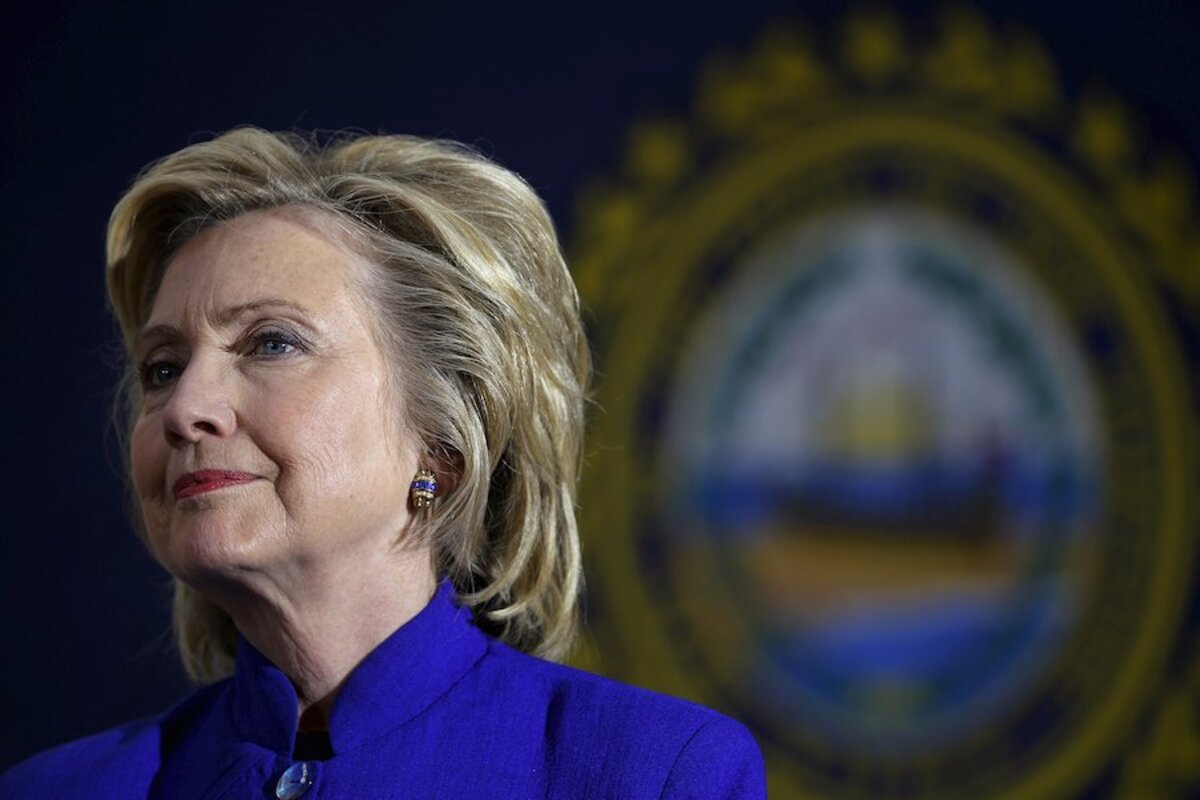How Hillary Clinton would tinker with taxes
Loading...
While many Republican presidential candidates are promoting their versions of broad-based tax reform, Democratic frontrunner Hillary Clinton so far seems disinterested in fundamentally restructuring the code. Instead, she’d retain the framework of the current tax law, while tweaking the code to encourage--or discourage--certain activities.
In the past few weeks, in different ways, she’s begun to describe her vision of the code as a tool for economic and social policy. She’d use the to encourage investors to hold stock longer. She’d use new tax credits to encourage firms to offer . And yesterday she that signals, in two important ways, how she’s wedded to the existing revenue code.
First, she proposed making permanent an expanded version of the American Opportunity Tax Credit. That subsidy, now up to $2,500, is due to expire after 2017. Pure broad-based reform would eliminate targeted tax breaks such as the AOTC in favor of lower rates and, perhaps, a single general credit. She could still assist families with higher ed costs but would have to do so directly, not with tax breaks.
The most significant clue about Clinton’s tax reform intentions, however, comes from how she’d pay for her higher ed plan, which she says would cost about $350 billion over 10 years. A campaign fact sheet says her plan “will be fully paid for by closing tax loopholes and expenditures for the most fortunate.”
According to published reports, she means adopting something like President Obama’s plan to cap the value of tax preferences for high income taxpayers. would have limited the value of deductions to 28 percent, thus raising taxes for those in higher brackets. It is not clear how Clinton’s cap would work, but Obama’s would over a decade.
The idea of somehow limiting the value of tax preferences is extremely ambitious and in the past has had bipartisan support. In 2012, GOP presidential Mitt Romney backed the concept. Martin Feldstein, an adviser to GOP presidents and presidential candidates, supports .
But their backing has come in the context of tax reform—in effect swapping rate cuts for part of the value of itemized deductions and other preferences.
By contrast, Clinton has another use for the money—paying for what she calls “debt-free” higher education. But by doing that, she’d take off the table hundreds of billions of dollars that could be used to finance tax reform. Not all the money, perhaps (under Obama’s plan, there’s still be about $180 billion to work with) but an awfully big chunk.
None of what Clinton has proposed so far absolutely precludes tax reform, of course. We are in the very early days of a long campaign and her economic agenda seems to be a work in progress. Besides, the policy environment in 2017 is far from knowable. But the tax ideas she’s rolled out so far suggest that, unlike many Republicans, broad-based tax reform is far from the top of her mind.




